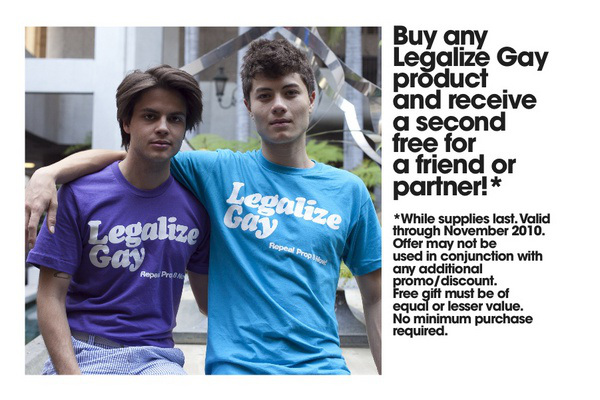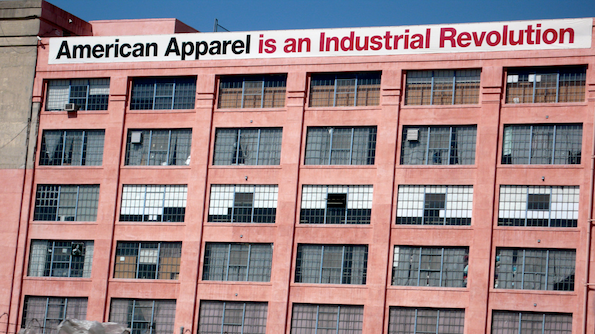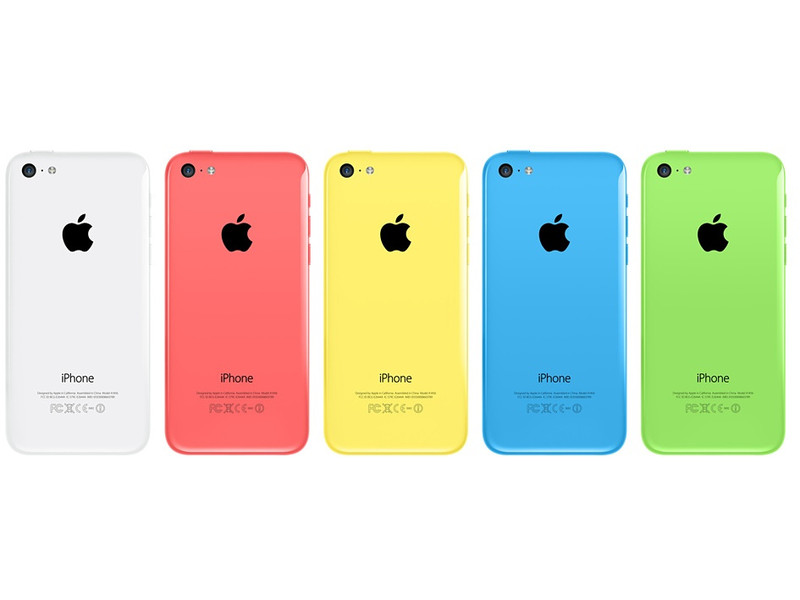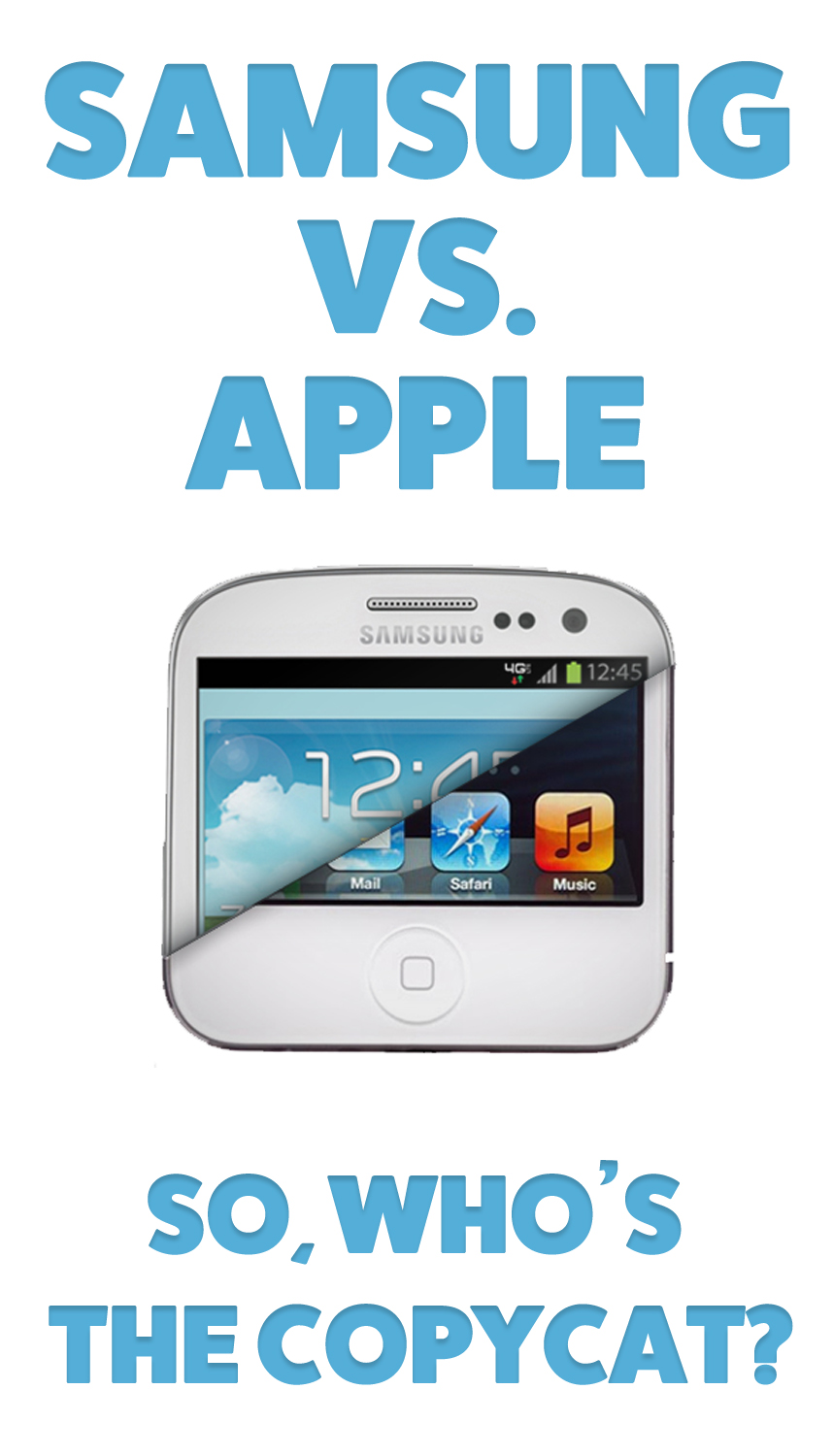“If the United Nations was fully funded, why would we need the Arc or social enterprise”?
Why? Because the impact caused by the United Nations is different than the impact caused by social enterprises; while the United Nations aims to temporarily alleviate urgent social problems and issues around the world, social enterprises see social issues in a long-term perspective and strive to use the methods and disciplines of business as well as the power of the marketplace to solve social, environmental, and human rights problems.
According to Arielle Uwonkunda, while monetary donations to impoverished countries may create positive changes in the short term, they fail to create long-lasting impacts. In contrast, by educating and initiating business tools with entrepreneurs in developing and impoverished countries, social enterprises create long-lasting positive change that solves social, economic, and environmental problems. Hence, creating long-lasting social impacts is the feature of social enterprises that the United Nations cannot replicate with its short-term aids, no matter how much money it has.
Thus, social enterprises would still be necessary to our world even if the United Nations was fully funded – the short-term financial and political aid of the United Nations and the long-term development through the projects of social enterprises must combine to create a synergistic effect to the developing countries of our world today.
Sources:
http://news.ubc.ca/2014/06/30/upward-arc/
http://www.theglobeandmail.com/report-on-business/small-business/sb-growth/day-to-day/can-fair-trade-boutique-expand-without-alienating-customers/article4405520/
http://skollworldforum.org/about/what-is-social-entrepreneurship/













